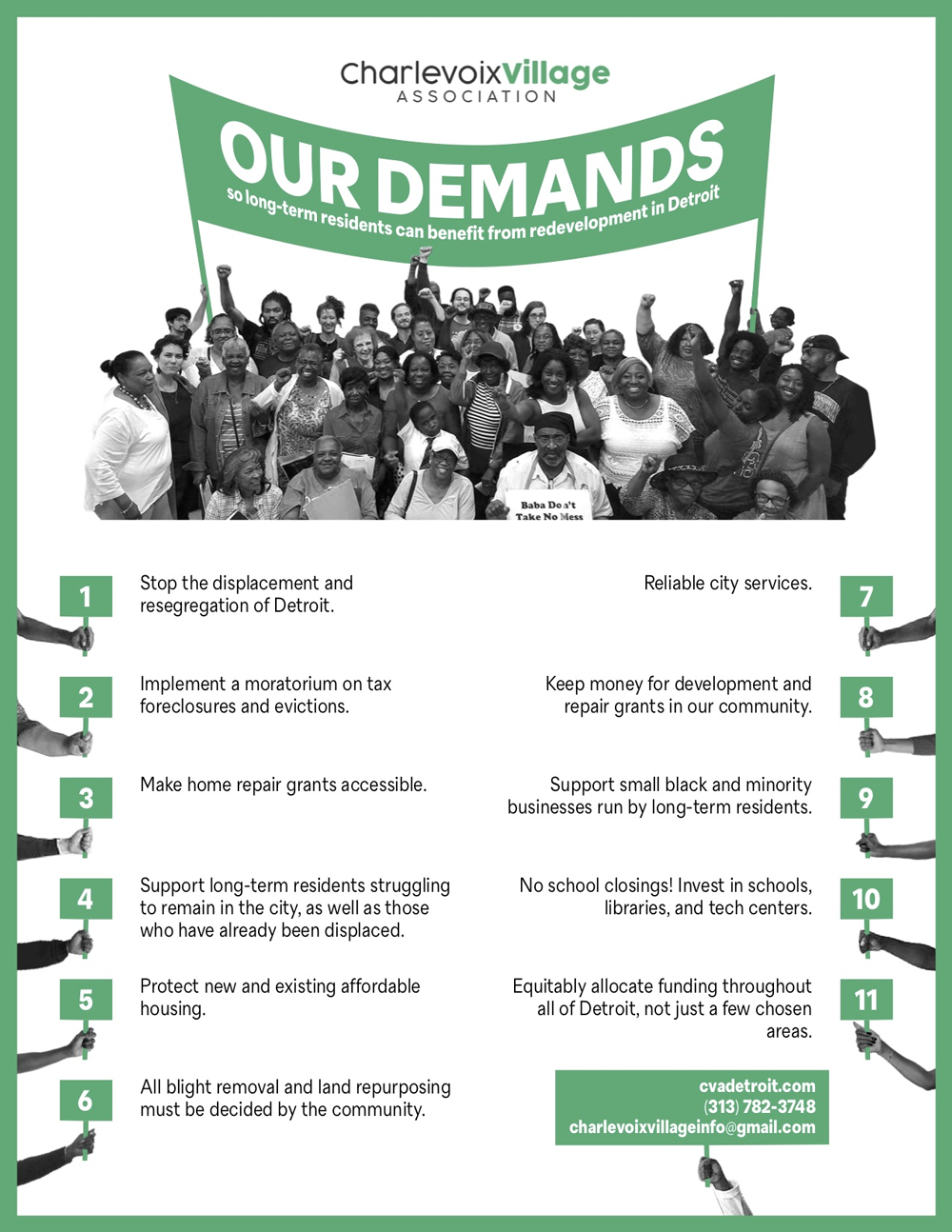Uncovering JAPA
An Urgency for Insurgency: Lifting Marginalized Voices

In 1969, as the U.S. saw a sharp rise in violence across more than 250 cities over five years, Sherry Arnstein made the argument that "participation without redistribution of power is an empty and frustrating process for the powerless. It allows the powerholders to claim that all sides were considered, but makes it possible for only some of those sides to benefit."
Arnstein's prescription for creating more equitable communities, at the time, was her Ladder of Participation.
Insurgent Planning for Equitable Communities
In the Journal of the American Association (Vol. 85, No. 3), authors Allison B. Laskey and Walter Nicholls of UC-Irvine argue that going beyond Arnstein — specifically through insurgent planning — may be necessary for communities to involve marginalized residents in an equitable planning process today.
In "Jumping Off the Ladder," Laskey and Nicholls follow the actions of the Charlevoix Village Association (CVA) in Detroit, a city that the authors argue simultaneously serves as representative and an extreme case of segregation and concentrated poverty. In other words, CVA epitomizes many of the inequities that exist today in "cities and neighborhoods characterized by Black urban regimes, racial segregation, economic decline, and concentrated poverty."
The authors observed that "some residents, finding themselves caged by institutional participation, jump off the participatory ladder" and successfully adopt insurgent planning techniques to disrupt the institutional planning process and create a more equitable one.
The story of CVA's insurgency planning began in the spring of 2017 on the eve of a new neighborhood master plan, the Islandview and Greater Villages (IVGV) planning project, which sought to develop and rebrand neighborhoods surrounding downtown Detroit.
Community engagement meetings were coordinated through community development corporations (CDCs) — nonprofit organizations developed to create an avenue for community participation in the planning process. When looking to implement Arnstein's Ladder of Participation, planners would leverage the involvement of CDCs to generate more equitable participation from residents.
The authors observed that the CDCs involved in the Detroit case were mostly operating within a framework built by institutional planning, which led to artificial engagement and did not actuate equity. The CDCs were "caged by two institutional constraints": resource dependency — meaning they relied on funding from establishment sources such as the government, developers, bankers, and foundations — and overlapping personnel — many of whom were professionally aligned with the planning establishment.

Charlevoix Village Association demands flyer, March 2017. Courtesy Charlevoix Village Association.
Resident-Led Insurgent Planning Strategies
Following the initial engagement meetings, CVA members conducted insurgent research, developing a document of demands so well organized that city officials working on the project assumed it could not possibly have been produced by residents and must have been coordinated by CDCs. The demands were ignored, not only by the city and developers but by many CDCs involved in the project.
One CDC that expressed support for the residents' demands pulled out of the project altogether, while the executive director of another CDC reprimanded the CVA in a private meeting saying, "Don't bite the hand that feeds you!"
The CVA took its insurgency a step further through disruptive tactics. Members began showing up at IVGV events with dissident signs that said things like "Don't Displace Us" and "Listen to Our Voices." The insurgent disruption shattered the illusion that residents had been engaged with and were involved in the process.
A third act of CVA insurgency was the production of a memo that detailed the realities of the CDCs' involvement in the IVGV planning process. The JAPA authors observe that while CVA residents were initially largely aware of the CDCs and the resources they offered, before the IVGV project, residents had been "unaware of the full agenda, scope, and capacity of CDCs [with regards to] their planning and development functions." Their memo sought to shed light on this and CDC's ties to and overlap with establishment planning.
Laskey and Nicholls write that planners who aim for equity and democratic processes must involve and value, rather than silence and squash, insurgent planners when they arise.
By observing the CVA, the authors found that planners can support insurgents whose voices have become marginalized in three significant ways:
- Assisting residents to organize their grievances in written form
- Aiding public discourse at which time written grievances can be shared
- Sharing knowledge and skills that will help residents deconstruct and challenge establishment plans
Top image: Charlevoix Village Association protests in November 2017. Photo courtesy Charlevoix Village Association.


